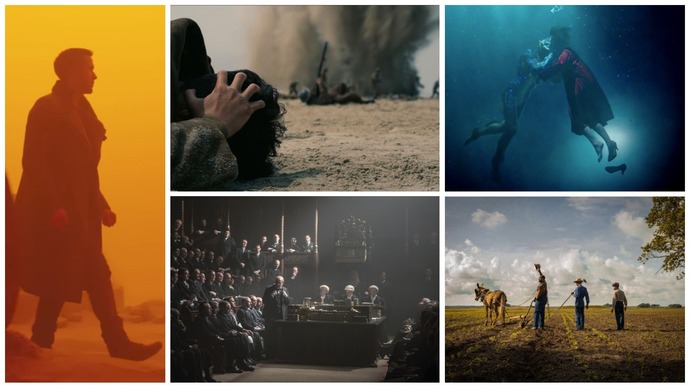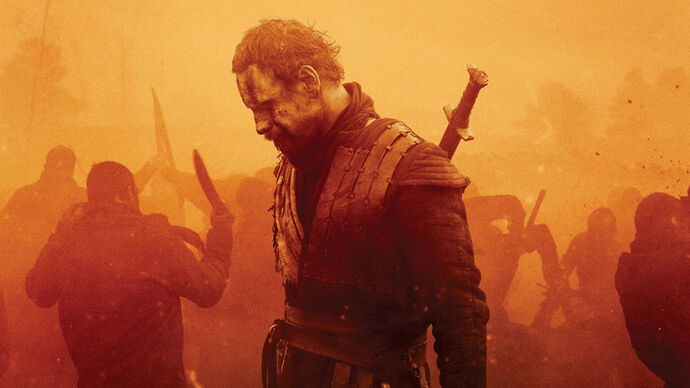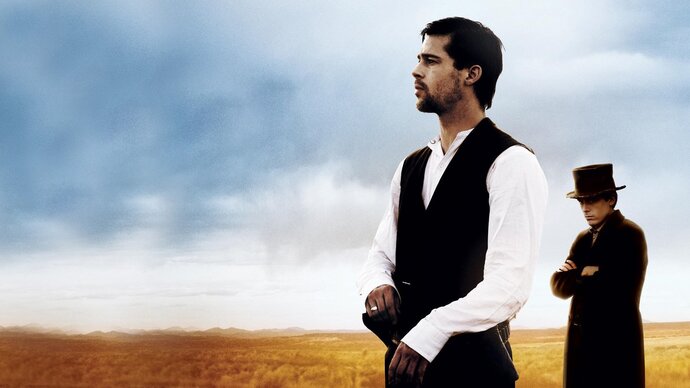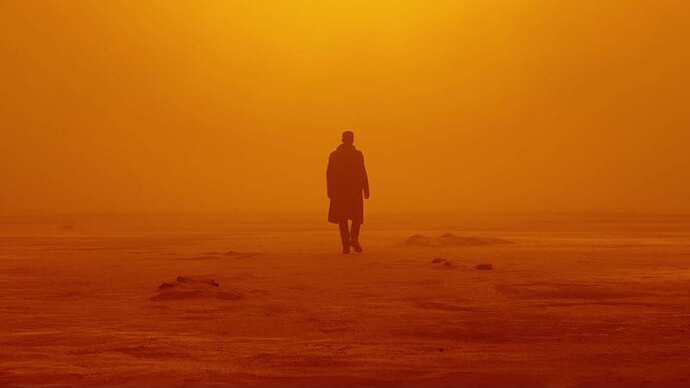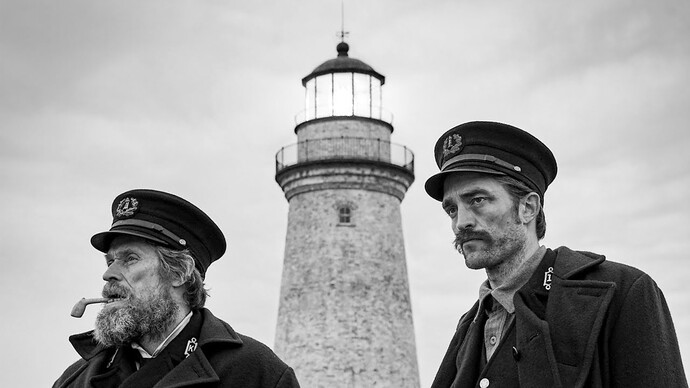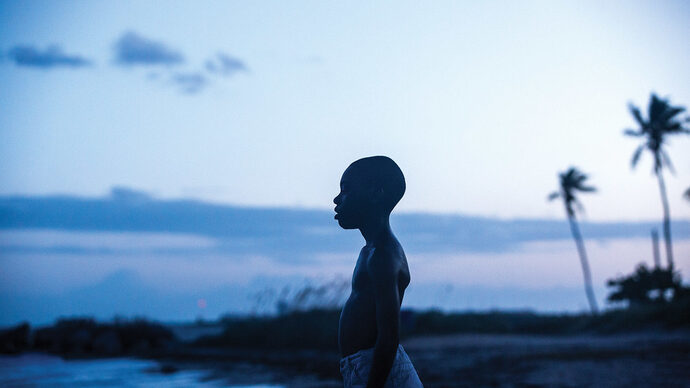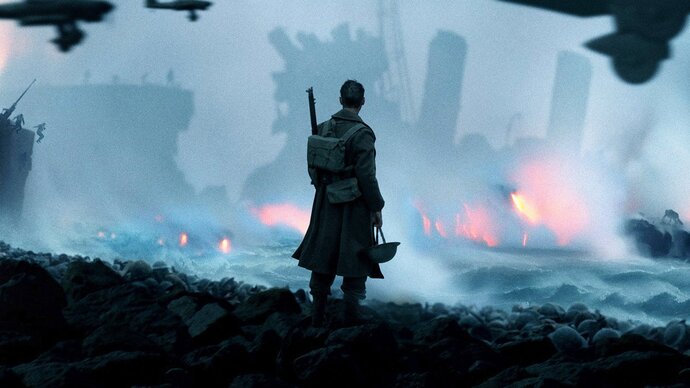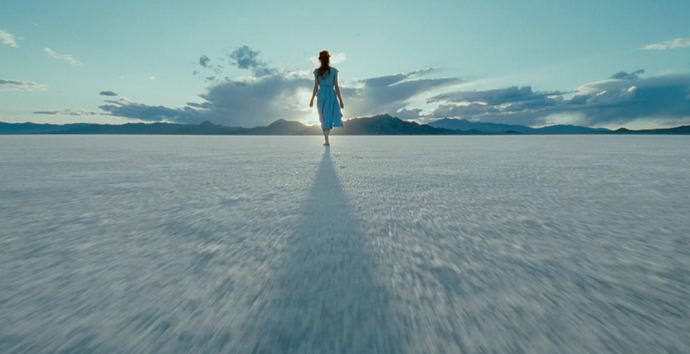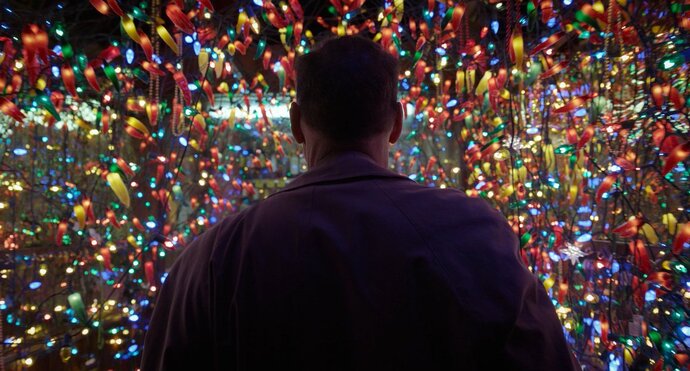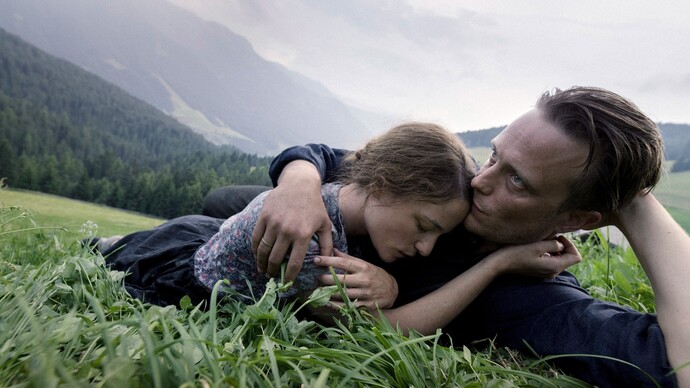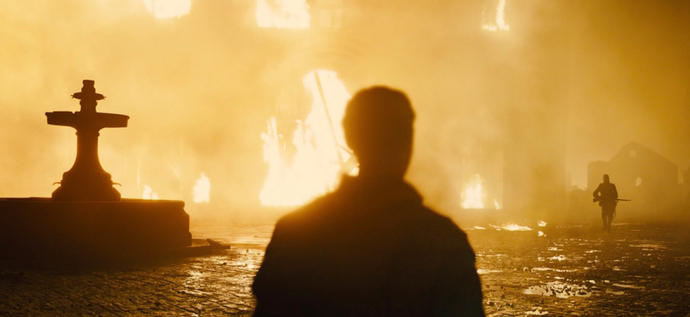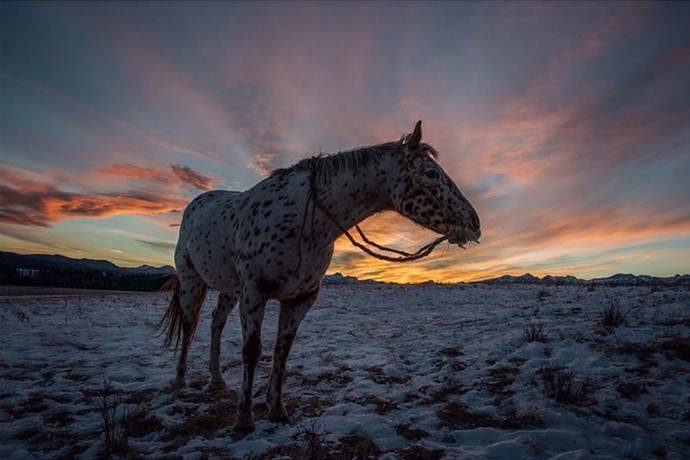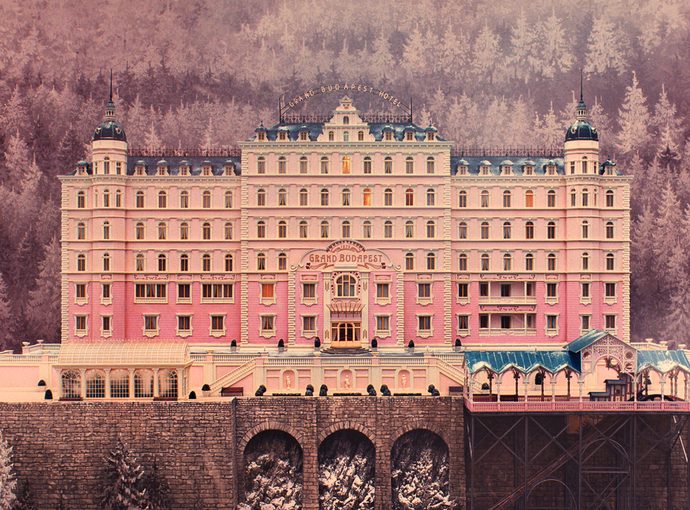On the whole, cinematography is an art form. It describes all the elements that go into how a director captures an image, similar to how painters and photographers do. But cinematography has an extra dimension: how those images move on screen. Mastering all these aspects of composition and movement can elevate a movie to new heights, and can even turn a mediocre film into a good film, or a good film into a great film. The ultimate goal of a cinematographer is to portray a scene or movie in the exact way the director wants it conveyed. The cinematographer must carefully pick the right film stock (or digital sensor), the proper lenses and angles, the right color grading methods, and more. Though a strong script and engaging characters are integral for a successful film, cinematography is what harmonizes all of the screen elements and sets the tone and mood for the overall story. Whether you’re a movie buff, camera geek, or just a fan of pretty things, here are our favorite movies with the best cinematography that you absolutely need to watch.
12. Macbeth (2015)
Never has there been a battle scene as elegant or poetic as the one in Macbeth. Cinematographer Adam Arkapaw turns blood, dirt, and dust into rich, smoky colors without losing any of the grit or tension. A sort of haunting beauty is carried through Macbeth, marrying the lyrical melodrama of Shakespeare with the brutality of murder and warfare. Arkapaw’s expressionistic visuals were filmed in anamorphic format, evoking the rustic elegance of art in the Middle Ages.
11. The Assassination of Jesse James by the Coward Robert Ford (2007)
The Assassination of Jesse James by the Coward Robert Ford not only gets our award for Movie Title That’s Unnecessarily Long, but also wins for its amazing cinematography. It’s a subtle kind of cinematography, but that’s what makes it so good. Roger Deakins impresses us with his creative use of lighting, using it to guide our eyes with flickers and flames while being unafraid of negative space. The camera drifts effortlessly to connect image with meaning, keeping in time to the slow rhythm of the movie. What some might call pretentious, we call artistic—a gauzy, dream-like film over the callous Western genre.
10. Blade Runner 2049 (2017)
Roger Deakins comes in again with even more misty, dusk-colored landscapes in Blade Runner 2049, which gave new artistic dimensions to the sci-fi movie genre. This film swaddled the screen with orange-tinted fog and neo-noir lighting, and it was great. Deakins won an Oscar for his captivating work on Blade Runner 2049, favoring crisp silhouette figures and cinematic panoramas. The barren desert settings—littered with towering, broken statues—contrast with the overcrowded dystopian city. A clear color palette and sense of symmetry are kept in tact throughout, demonstrating Deakins’ keen control over the screen.
9. The Lighthouse (2019)
Jarin Blaschke blesses us with nostalgia-drenched grain and black-and-white film stock that hasn’t even been produced since the 1920s. The effect was emulated specifically for the film. The Lighthouse’s antique aesthetics perfectly match its 19th century setting and abstract storyline. The square ratio and precise use of frame-within-a-frame give The Lighthouse a boxy and isolated feel (which fits tidily with the entire film set on a segregated island). An old-school avant-garde horror in the truest sense, Blaschke experiments with what can be achieved through traditional methods of filmmaking as he goes beyond just simple black-and-white.
8. Moonlight (2016)
In Moonlight, James Laxton uses the camera to invite viewers into the perspective a young, queer black man living in Miami. His alienation and detachment from those around him is conveyed through shaky handheld shots, which are juxtaposed against later moments of silent, isolated stillness. Audio and visuals often become disjointed, symbolic of the character’s fractured life. What’s most striking about Moonlight’s cinematography is its tender beauty. Hushed purple hues settle on the ocean’s horizon. Circling long shots twirl like a dance around the characters. Soft edges create a blurred frame around the images of a hard life.
7. Dunkirk (2017)
We could have easily given Christopher Nolan’s spot on this list to Inception—what with its gravity-free camera shots spinning in the air and that dream city turning in on itself—but we wanted to offer up one of his less-explored movies: Dunkirk. Dunkirk is equally as stunning as Inception, but hasn’t received as much attention as Nolan’s other adventures that involve time-bending, dream-hopping, or caped crusading. Dunkirk is more grounded as a war movie, but it’s also so much more than that. Hoyte van Hoytema is the Dutch-Swedish cinematographer behind the film, shooting on 65mm IMAX and 65mm large-format film stock. Dunkirk is sparse on dialogue but heavy on atmosphere, split into three distinct aspects—land, air and sea—of the Battle of Dunkirk. Nolan’s war epic is beyond captivating, immersing viewers through POV airplane shots and sweeping wide angles. Dunkirk isn’t a movie that you simply watch; you truly experience it.
6. The Tree of Life (2011)
This soulful story is fairly matched by it’s lyrical cinematography, shot by Emmanuel Lubezki. The Tree of Life is an intimate drama, philosophical in both its narrative and composition. Lubezki places huge emphasis on nature—sun rays peering over the horizon, figures walking barefoot in the sand. The birth of the universe is operatically depicted through slow, unfolding images of space, followed by the story of a family living in 1950s Texas. Lubezki sets a profoundly personal and warm tone through his continual use of close-ups, inspecting life from mere atoms to human life. The resulting impact is almost tangible.
5. Birdman (2014)
Directors love one-shots—scenes or entire movies that are filmed in a single take from start to finish—and the longer the better. While one-shots can be overused, long one-take scenes are impressive and can carry an air of class and sophisticated filmmaking. Birdman ambitiously attempts to make an entire feature-length movie in one continuous take. And it went down a storm, winning the Academy Award for Best Cinematography. Of course, Emmanuel Lubezki didn’t literally do the whole film in one go. But a large amount of it was! The rest was smoothly edited to cheat the viewer into the illusion that it was all one single camera movement. A vast amount of choreography and rehearsal went into a project of this scope, even weaving through Broadway between set pieces.
4. A Hidden Life (2019)
Jörg Widmer used natural lighting and wide lenses to capture the beauty and hardship of war in this epic. A Hidden Life takes place firstly in the Austrian mountains, where Widmer is able to vividly capture it’s vast, scenic breadth. The abundance of nature and simplicity is paralleled by Widmer’s wide curving lens, later translated into the vast capabilities war can have on everyday lives. A Hidden Life boasts an elegance unique to Terrence Malick films—it’s cinematic yet utterly personal. Widmer’s camera is fluid and free to roam around, just as the characters are before being cruelly imprisoned.
3. 1917 (2019)
Following the success of Birdman, we were blessed with another one-shot movie attempt (for which there are very few). This time, it takes place across vast enemy territory during World War I. Who’s behind this bewitching mastery of film? Roger Deakins, of course! Winning the Oscar for Best Cinematography, 1917 is gorgeous despite all the death and dirt. We travel across various British landscapes, some still vibrant with nature while others destroyed by fire and rubble. It’s both a technical and artistic feat, like one continuous moving painting that goes on until we reach the same point from which we started.
2. The Revenant (2015)
Starting to see a trend? We’re featuring another Emmanuel Lubezki movie! He’s an experienced cinematographer who’s favored by Hollywood, so it’s no wonder he has so many cinematic masterpieces. You could pause The Revenant at any point in the movie and be amazed by the still image on screen. Lubezki’s visceral panoramic shots of the snowy Dakota plains look like they could be straight out of National Geographic. Add Leonardo DiCaprio’s Oscar-winning (finally) performance, and you have yourself a sensational movie! You can really feel the amplitude of the protagonist’s journey, his harsh exposure to the elements, as well as the purity of nature before technology.
1. The Grand Budapest Hotel (2014)
We could put any and all Wes Anderson films on this list, but that wouldn’t be fair to our other directors. Symmetry and popping color palettes are just some of Anderson’s signature styles, and his movies feel completely different from any other movie by any other director. Wes Anderson is the king of cinematography—but a lot of that credit should also be shared with his director of photography, Robert Yeoman, with whom he works closely on every project. We chose The Grand Budapest Hotel out of all his movies because it’s the most dynamic, the most visually bold, the most… Wes Anderson. The architecture in this film alone is mesmerizing, the mise-en-scene splashed with baby pink and deep reds. Yeoman frames these glorious sets with satisfying symmetry, mixing between three different aspect ratios. There’s a vintage postcard feel to The Grand Budapest Hotel, pining to 1930s nostalgia that’s united with the crisp quality of modern filmmaking technology.
Other Movies With Great Cinematography
If you liked this list or have an interest in cinematography, check out these other stunning films
Citizen Kane (1941)2001: A Space Odyssey (1968)The Aviator (2004)Atonement (2007)La La Land (2016)Silence (2016)High Life (2018)Roma (2018)Nomadland (2020)And pretty much any Wes Anderson movie
Read next: The Greatest Ensemble Movie Casts of All Time, Ranked

